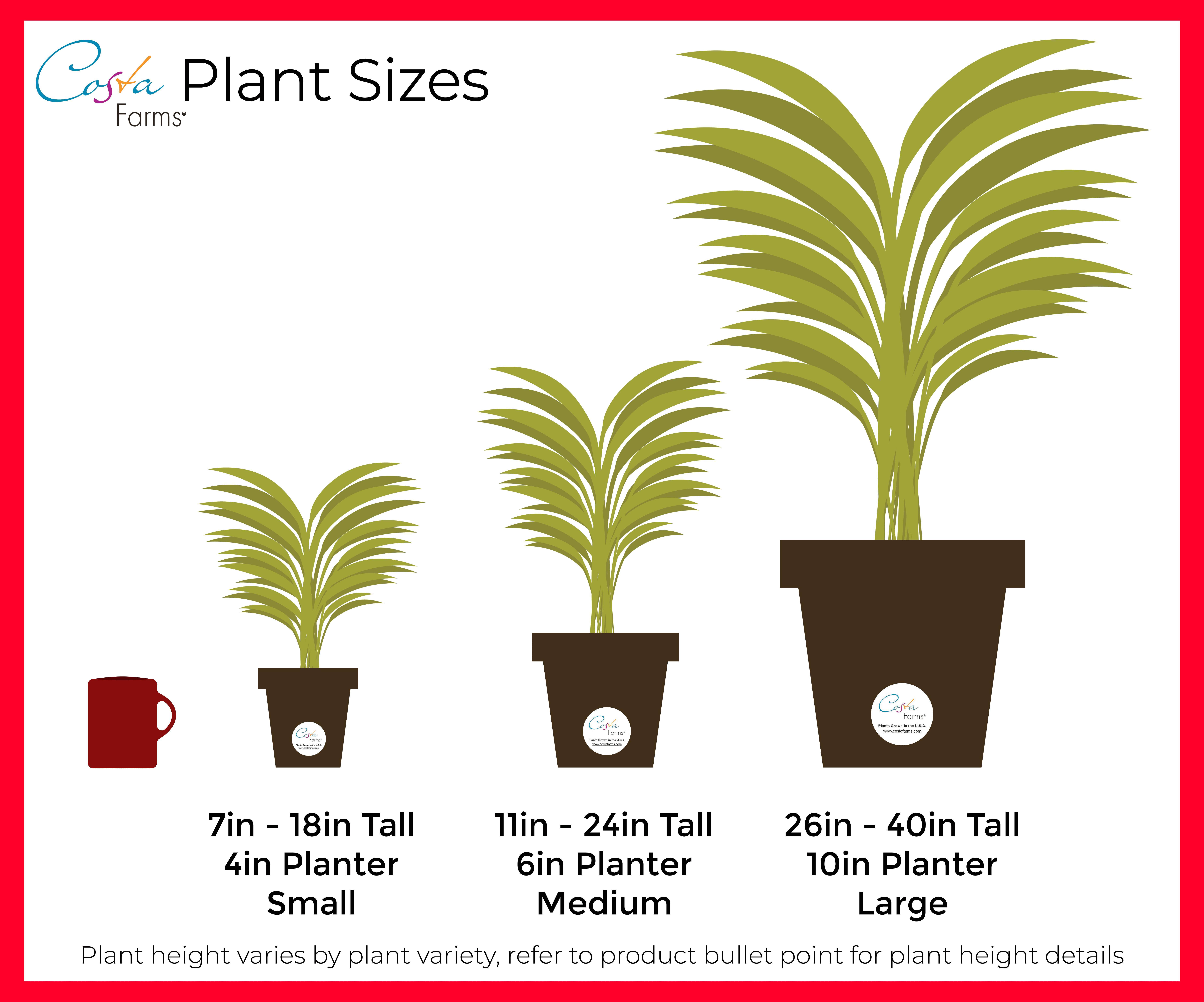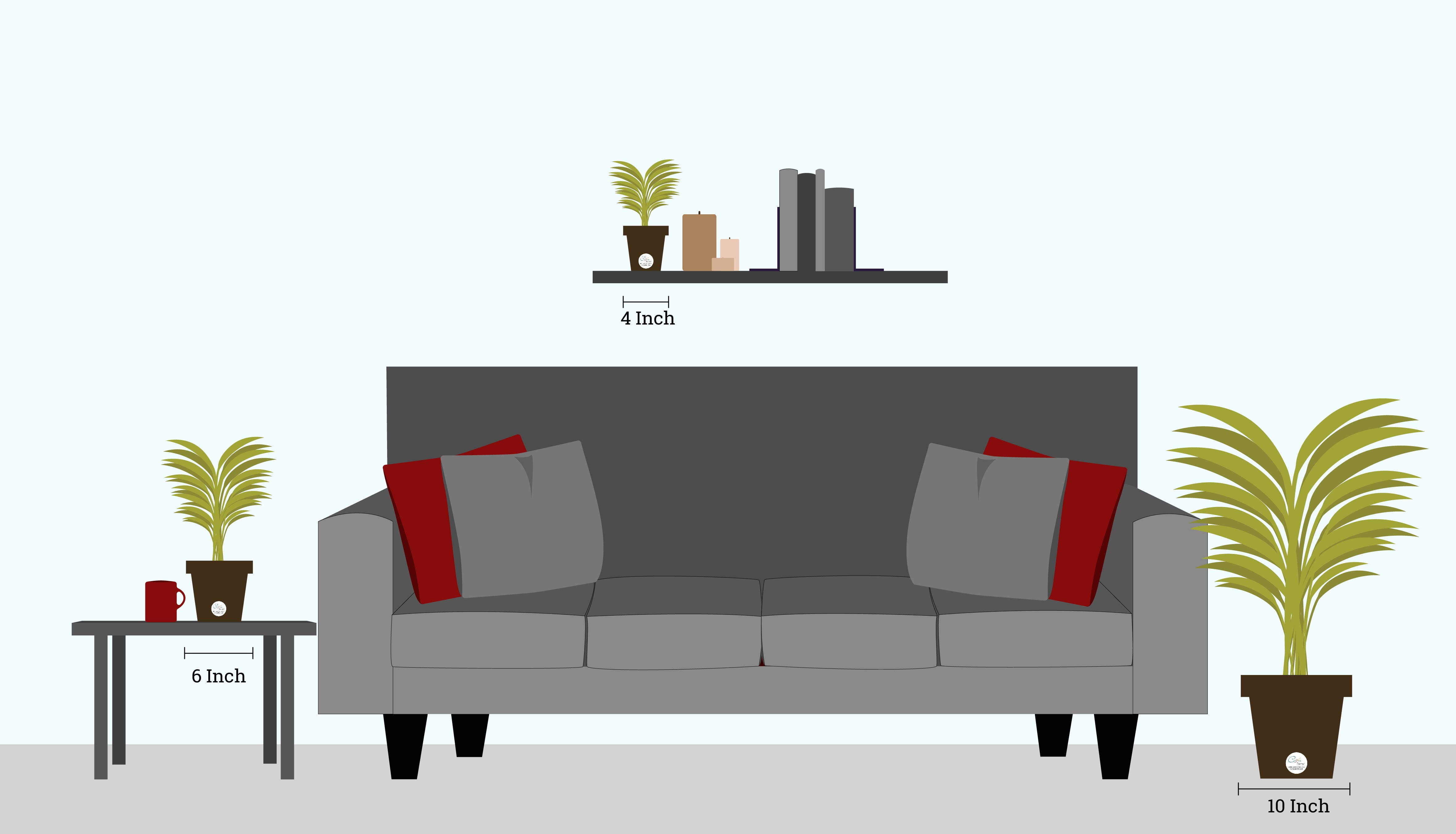





Bromeliads have colorful, long-lasting blooms (which last for weeks) that contrast beautifully against the strappy green leaves. This bold, stylish houseplant looks stunning in contemporary, modern, and tropical decors. Color assortment is selected at time of shipping colors range from vibrant reds, bright yellows and deep purples each is carefully selected by our expert growers. After the main flower on bromeliads begins to fade. The mother plant will begin to decline. But you'll see baby bromeliads (called pups) developing around the base. Grow these out and enjoy more bromeliads. ONE OF THE MOST COLORFUL HOUSEPLANTS AND EASY TO GROW. They grow best in a sunny window, place it next to an East or West facing window. Water when the soil is dry (about once a week) and be sure all excess water drains away. If the container does not have holes, use approximately a cup of water, adjust as needed for your environment. Do not let the Bromeliad sit in overly soggy soil. Did you know that house plants remove toxins from the indoor air NASA’s Clean Air Study concluded that houseplants promote better air quality in your home. The study by NASA found that houseplants remove chemical pollutants from the air. All plants help purify the air by also removing carbon dioxide and producing oxygen. Here’s a tip: NASA researchers recommend at least one houseplant for every 100 square feet to improve the air quality in your home. Bromeliad care is easy. This low-maintenance houseplant requires little care and looks great for years. LIGHT: Grow Bromeliad in medium or indirect bright light for best results. Bright, indirect light will keep leaves colorful, glossy, and healthy. If your Bromeliad doesn't get enough light, the bloom color may fade. If your plant gets too much light, leaves may burn. WATER: Bromeliad likes to be watered regularly add water when the surface of the soil feels dry. The frequency of watering will depend on your plant’s pot size, how much light it gets, and the indoor temperature of your home. FEEDING: The Bromeliad will benefit from occasional feeding once or twice a year. Look for a fertilizer formulated for house plants. PRUNING/SHAPING: After the main flower on bromeliads begins to fade. The mother plant will begin to decline. But you'll see baby bromeliads (called pups) developing around the base. Grow these out and enjoy more bromeliads. REPOTTING: Repot your Bromeliad if it becomes root bound.(A houseplant is root bound when roots appear in the soil or begin to escape through drain holes in the pot bottom.) A well-draining potting soil mixture for is recommended when repotting. Never repot houseplants using soil from your yard. OUTDOOR OPTIONS: The Bromeliad can spend the summer outdoors on a shaded deck or patio. Bring the plant indoors as the weather cools down. The Bromeliad cannot withstand a freeze. SAFETY: Better Homes & Gardens Bromeliad is not intended for human or animal consumption. Keep this plant out of reach of children and pets. Easy just set it in bright light and enjoy this beautiful houseplant Requires little water. Water only when the soil feels dry. Air-purifying. Plants help filter harmful pollutants from indoor air.
Trustpilot
4 days ago
1 day ago